Older Adult Homelessness
The economics of Housing & Homelessness
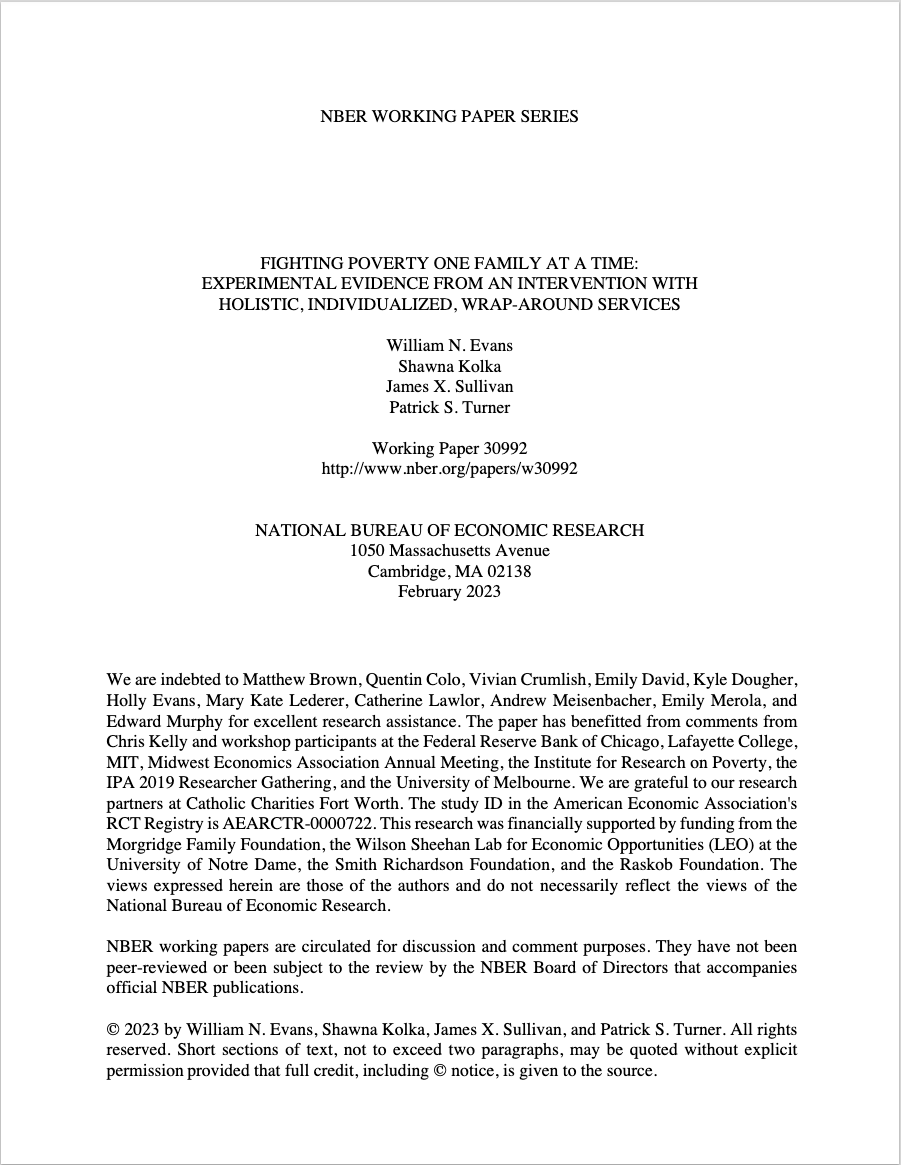
California Estimates
- 90% of Older Californians experiencing homelessness were last stably housed in California
- 40% had their first episode of homelessness after the age of 40
- 80% were incarcerated at some point in their lives
- 80% experienced a mental health issue
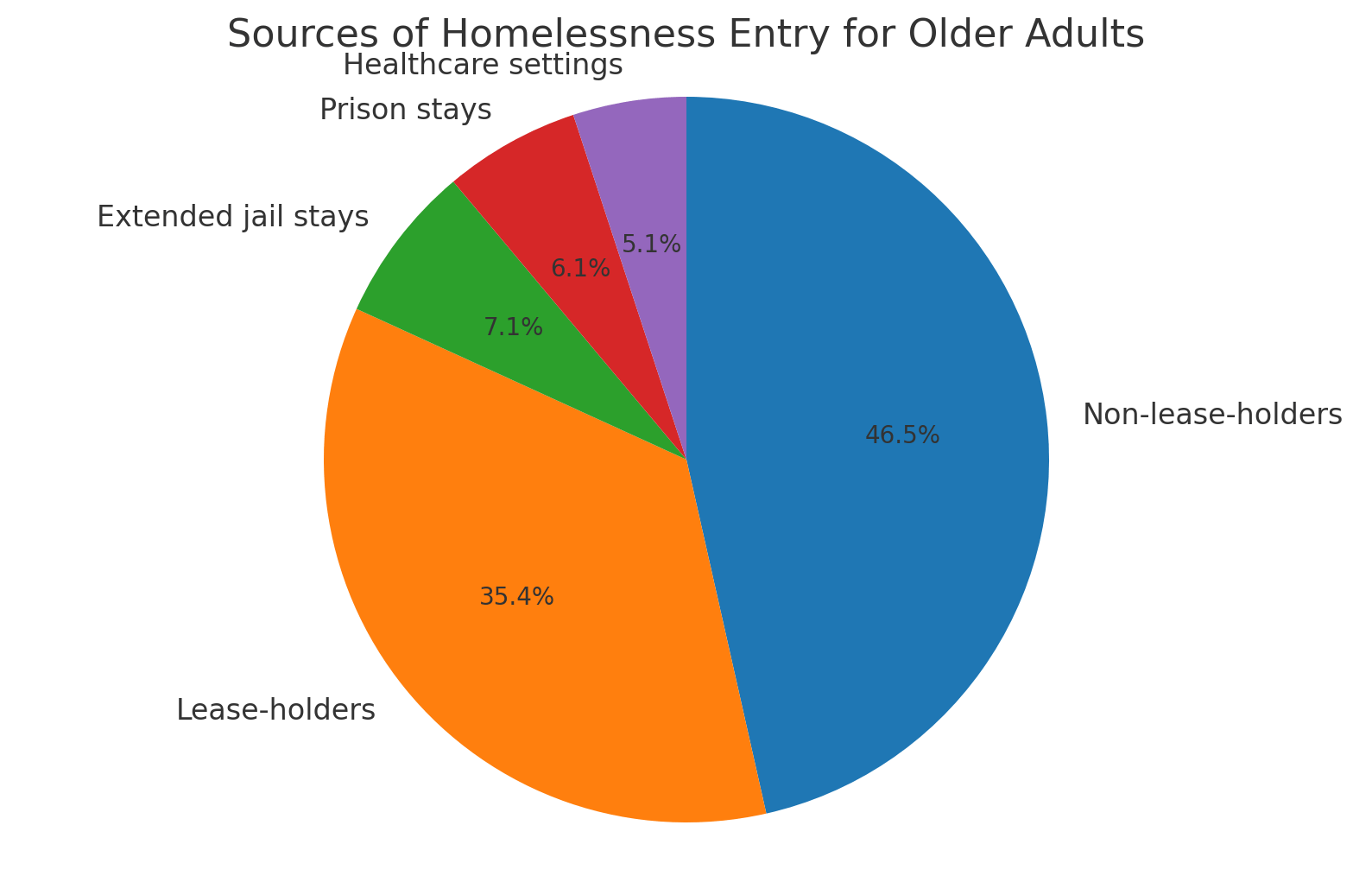
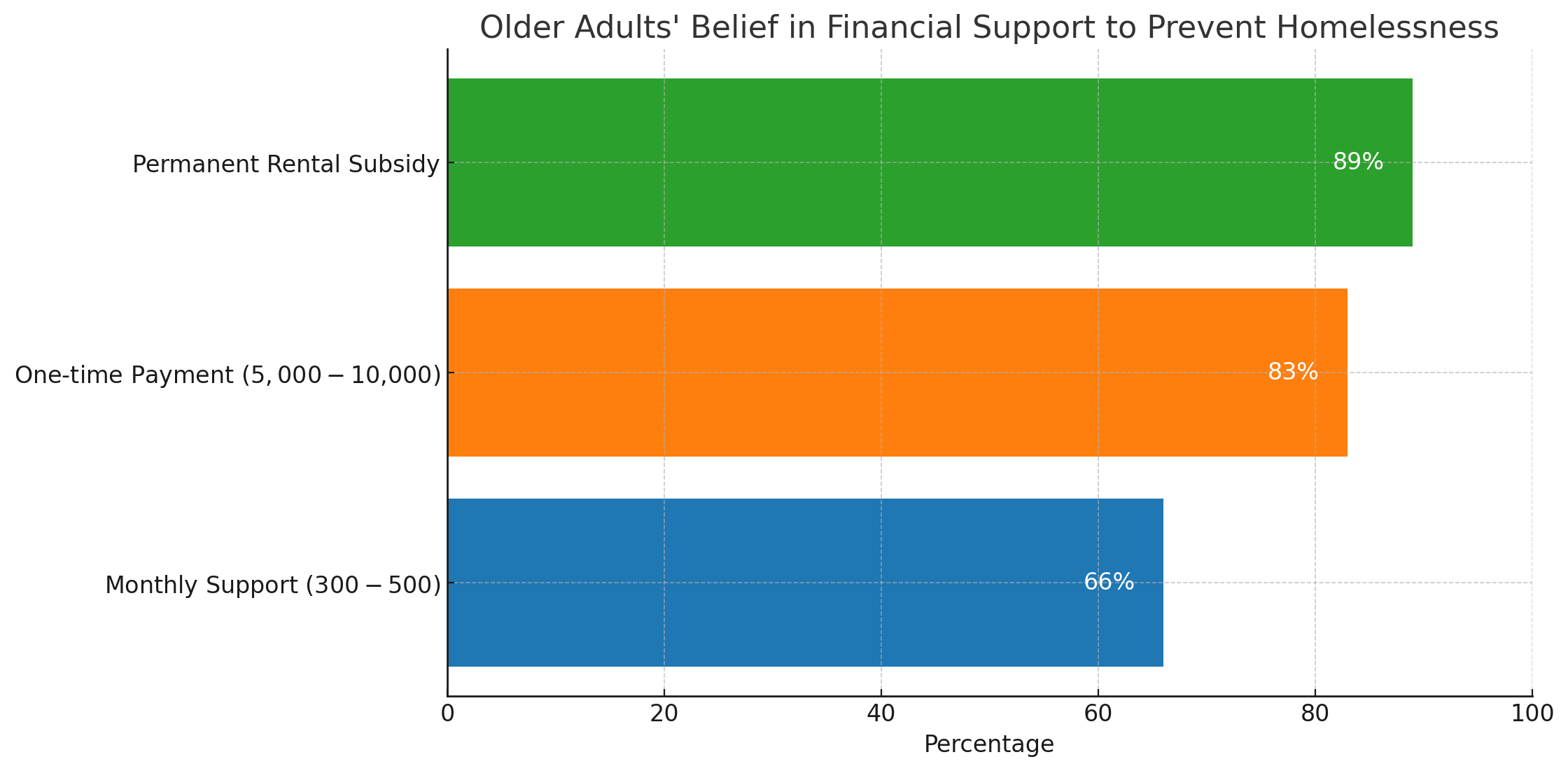
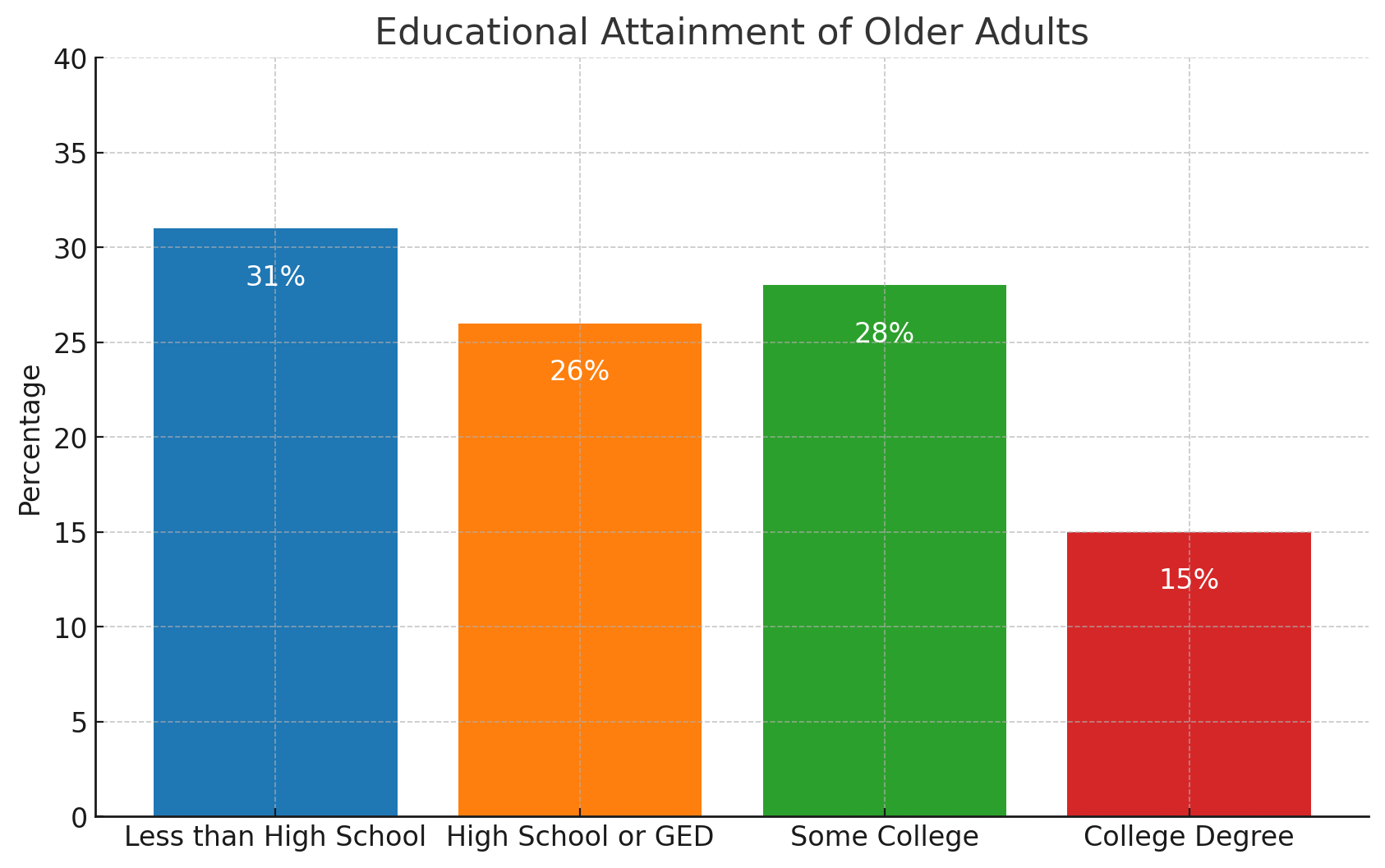
Overview
Reasons for Poverty are Varied
- Disability
- Debt
- Single Parent
- Addiction
- Criminal Record
- Undocumented Worker
Focus on working age individuals who are willing and able to work but face significant barriers to self-sufficiency
Program of Interest
Social Service Delivery Model
Lift Families out of Poverty
(Individualized & Holistic)
Results
- Full-time employment increased by 25%
Program costs $22,950
- Improved self-reported health
Implementation
Pauda
Context
- Implemented by Catholic Charities Fort Worth
- Targets individuals who have the potential to be self-sufficient
(Isn't designed to serve individuals with mental health, substance abuse or other disabilities)
- Out-of-poverty benchmarks
(a) Living Wage, (b) Reduced participation in transfer programs (c) decreasing debt (d) saving goals
- Case Management with small case loads
Program
- Flexible financial assitance
"The case management teams frequently use the financial assistance component as a way of incentivizing behavior."
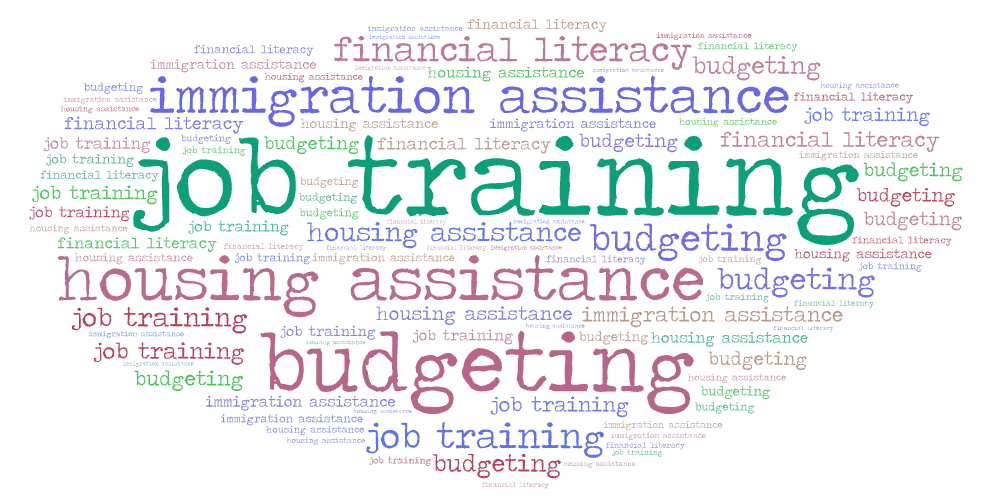
*I made the word cloud
Initial Assessment takes place over 5-7 in person meetings
Geography:
Design
Usual Care
Full Padua Program
Treatment Arms
Enrolled 427 people (2015/16)
Short-term, modest assistance
Design
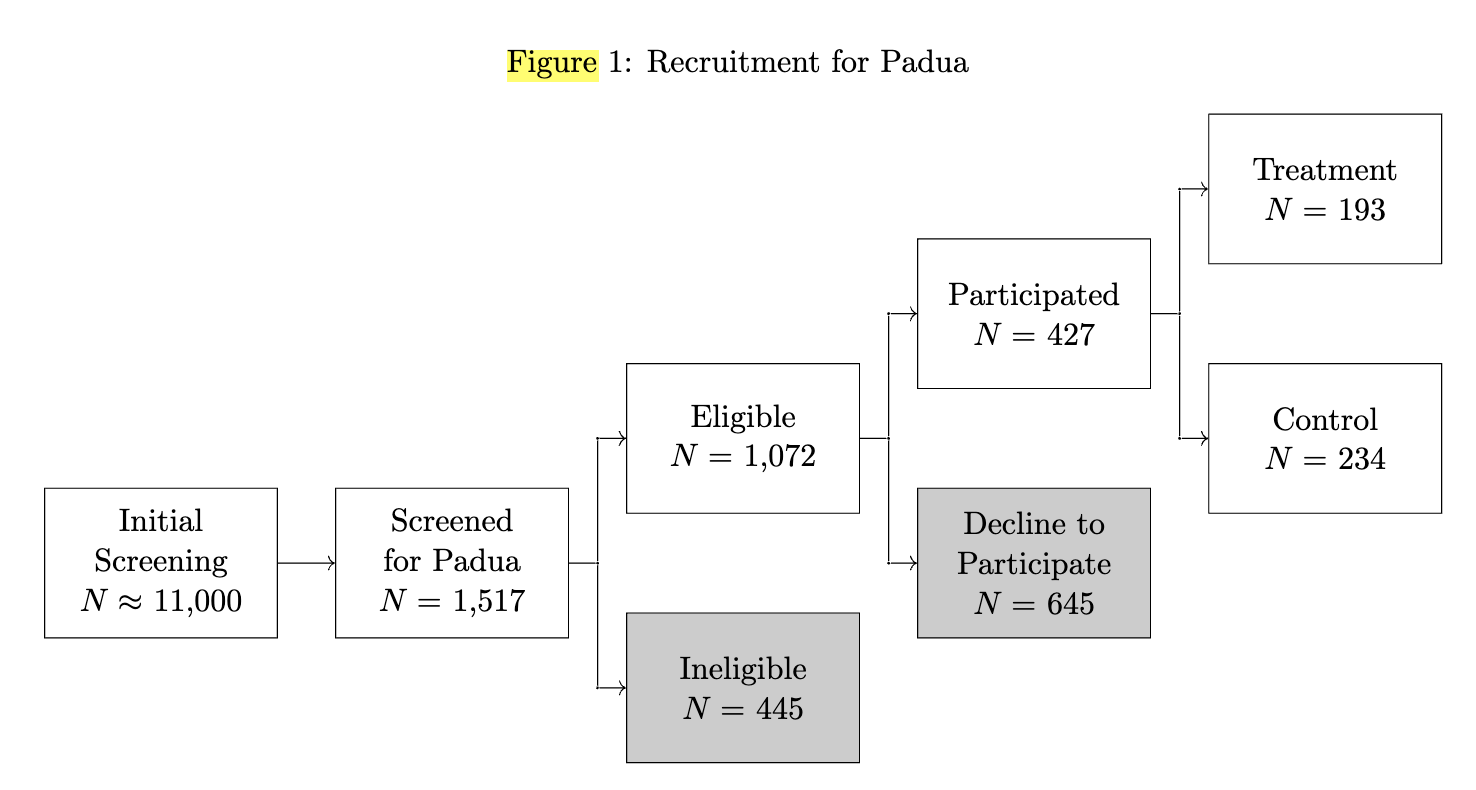
Why do people decline at the end?
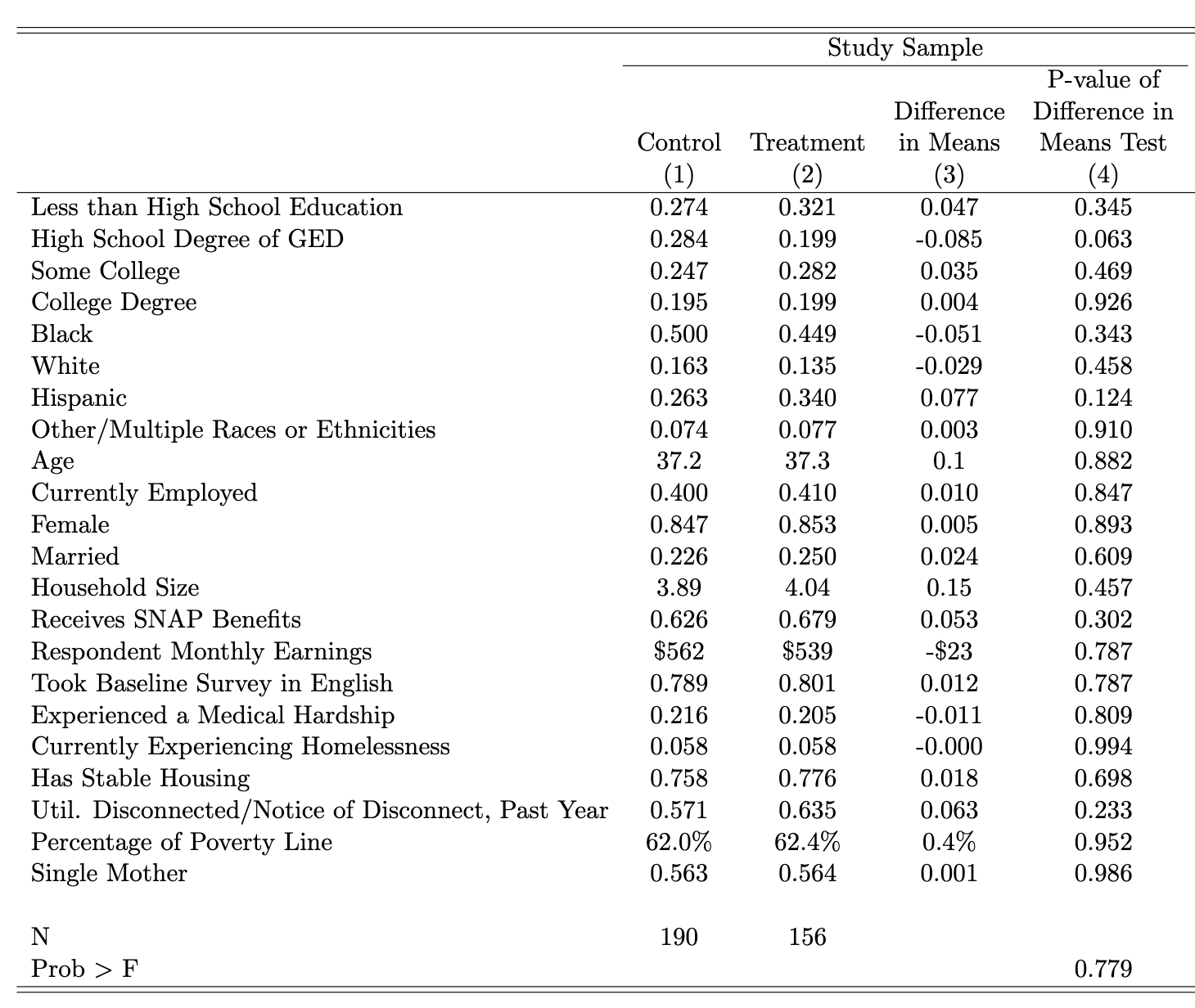
Attrition
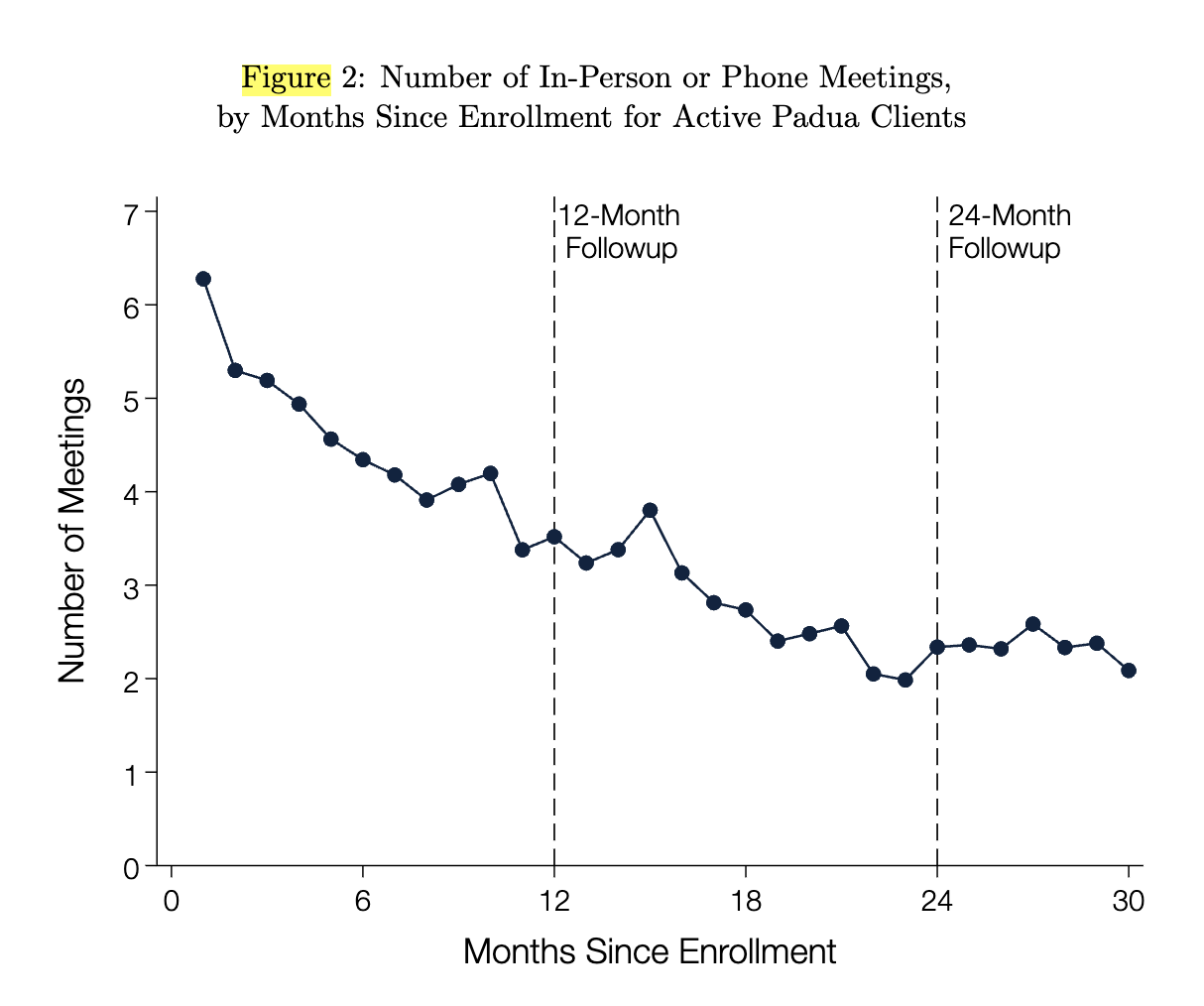
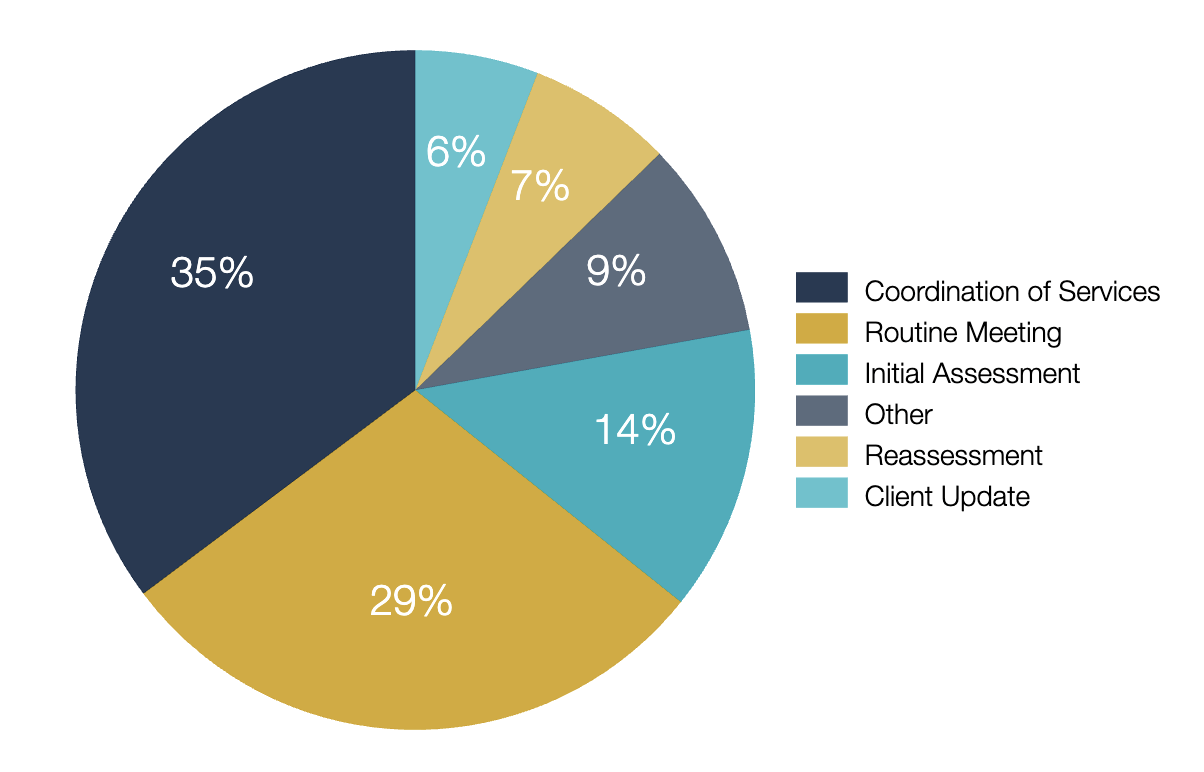
Meeting Frequency
Meeting Types
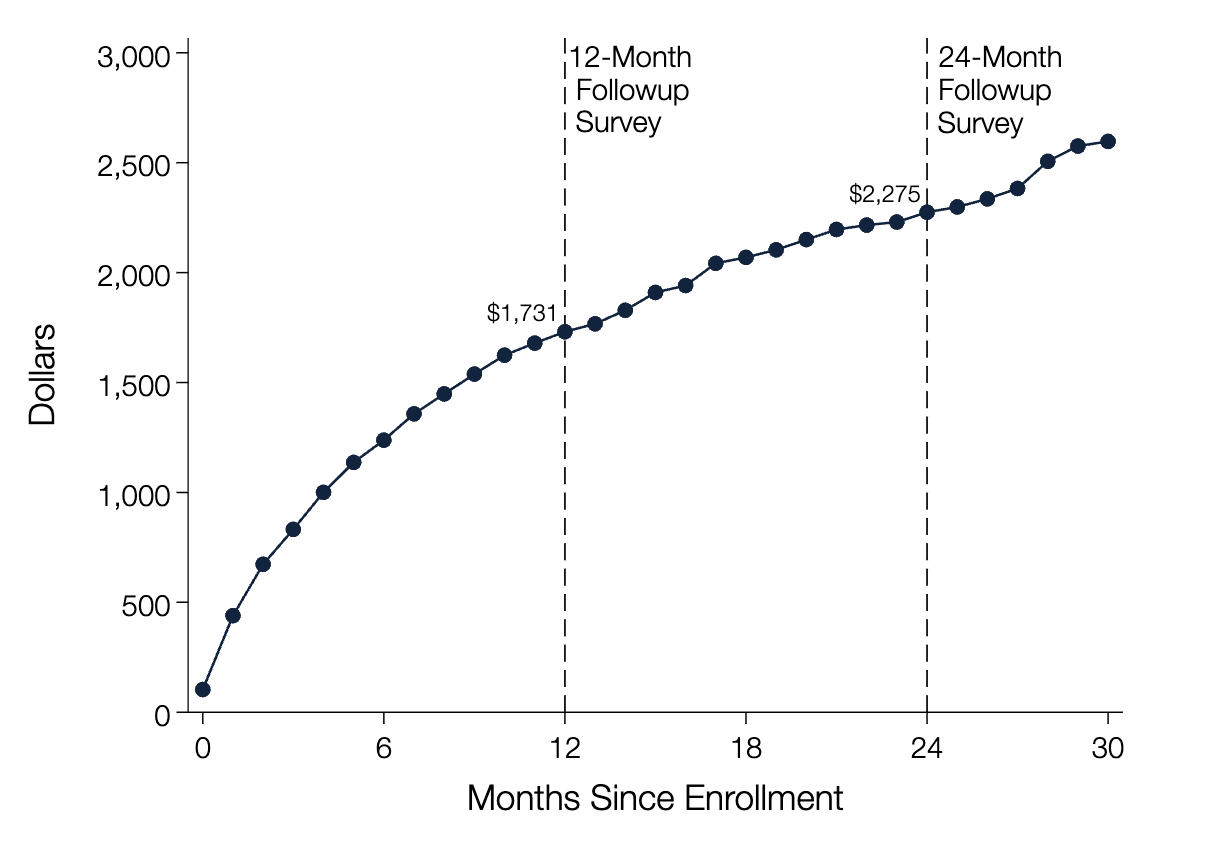
Cumulative Cash
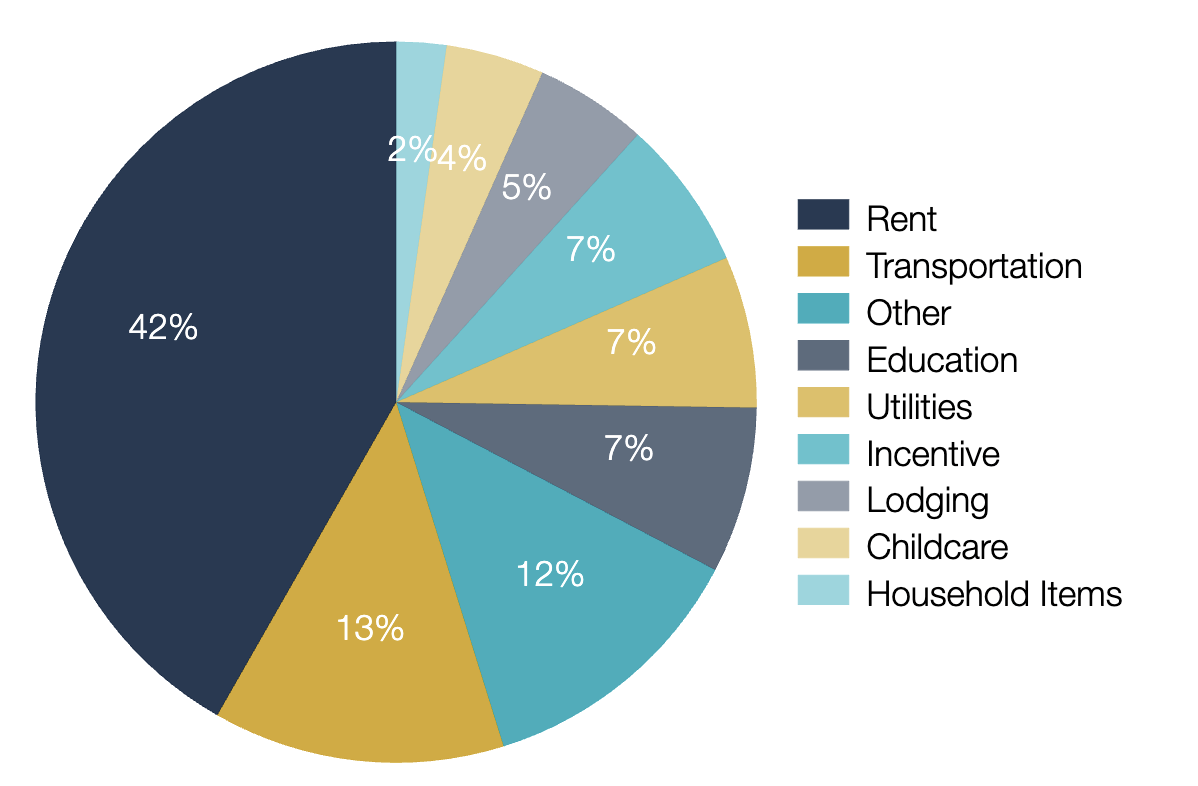
Cash Expenditure
Heterogeneous Effects
Stably Housed
Employed
Yes
No
Yes
No
Data
- Follow Up Surveys (1-2years)
- Administrative Data
- Earnings
- Government Program Participation
- Credit Usage
Analysis
Linear Model
Nonparametric Residualized Form
Controls
Age, Race, Gender, Educational Attainment, Marital Status, Employment Status, Earnings, Household Size, cohort, interview month, number of months between baseline interview
Uses post double selection lasso to fit the linear model